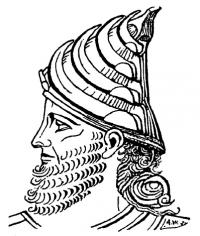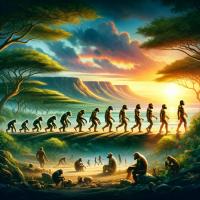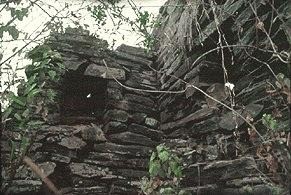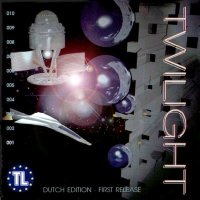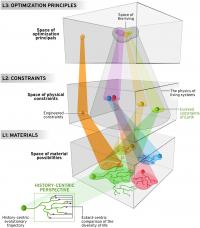David Attenborough first life
ABOUT FIRST LIFE
From the fog bound coastline of Newfoundland to the deserts of North Africa and the rainforests of Queensland, in First Life David Attenborough finds evidence in fossils and living animals of an extraordinary period in Earth’s history, half a billion years ago, when animals first appeared in the oceans. From the first eyes that saw, to the first predators that killed and the first legs that walked on land, these were creatures that evolved the traits and tools that allow all animals, including us, to survive to this day.
This is a story that can only be told now because in the last few years, stunning fossil finds at sites across the world have transformed our understanding of the first life forms, and the latest technology allows us to recreate the first animals and their environments with photorealistic computer generated imagery (CGI).
ARRIVAL
Attenborough’s journey begins close to his childhood home in Leicestershire, where the discovery of a 560 million year old fossil transformed our understanding of the origins of life. From here he travels back to a period when the Earth was dominated by single celled bacteria, and investigates clues of a global event that was to change the history of life on Earth: Snowball Earth.
In a very different setting, the Great Barrier Reef in Australia, a 600 million year old animal demonstrates how the atmospheric changes triggered by this global glaciation allowed cells to stick together and eventually form the first complex multi-cellular organisms. Attenborough travels to remote fossil sites in Newfoundland’s Mistaken Point and Australia’s Ediacara Hills to explore how some animals faded away as evolutionary experiments but others developed crucial features which laid the foundations for animal life today. 550 million years ago, animals developed the first bilateral (mirror-image) body plan, evolved sexual reproduction and began to move for the first time.
Within time, another great leap in evolution would trigger an explosion in animal diversity. Tiny fossilized embryos show evidence of the first guts and mouths. In the mouth there are teeth, indicating that some animals had developed a new diet: other animals. For the first time there were predators in the oceans.
David Attenborough first life episode 1: arrival
CONQUEST
The foundations for animal life had now been laid down, and following the appearance of mouths and mobility, evolution took off. Attenborough explores the Burgess Shale in Canada’s Rocky Mountains, where there is fossil evidence of an event 542 million years ago which saw animals increase in number, diversity and size as never before. These ancient rocks reveal the world’s first large predator, the first defences and the emergence of an animal group that would conquer the oceans: the hard-shelled arthropods.
With bodies completely covered in a hard skeleton, arthropods resisted predation and diversified beyond comparison. Attenborough examines fossils from the deserts of Morocco and beaches of Scotland which document how this group would proliferate to conquer the oceans and make the pioneering first steps onto land. Some grew large and ponderous, and others developed wings and took to the air for the first time.
It wasn’t just the arthropods that made the move onto land. A tiny, almost insignificant fossil reveals a worm-like animal which could be the ancestor of us all. From such creatures evolved the first fish, some of which would evolve lungs and slither onto land, giving rise to the amphibians. From these terrestrial beginnings the reptiles would evolve, and eventually, much later, the birds and mammals.
During the course of the history of life, not all groups were successful. Many of the earliest animals died out, leaving no living descendents. But from the earliest life, a few groups of animals endured and evolved into the wondrous diversity of life we see on Earth today. As Attenborough concludes, the first animals may seem to us very remote and strange, but all of us alive today owe our very existence to them.
David Attenborough first life episode 2: conquest









